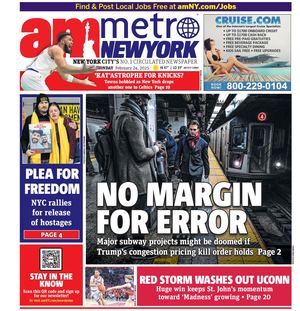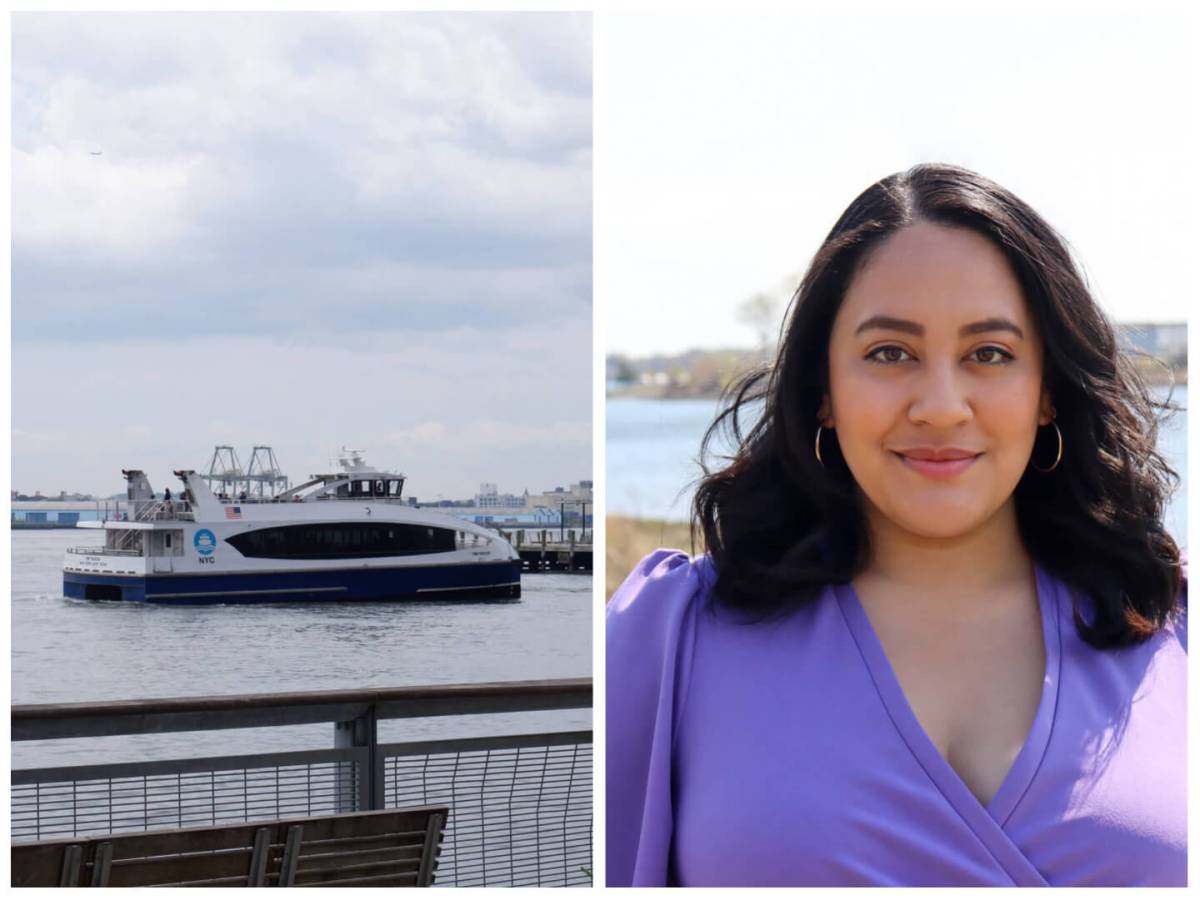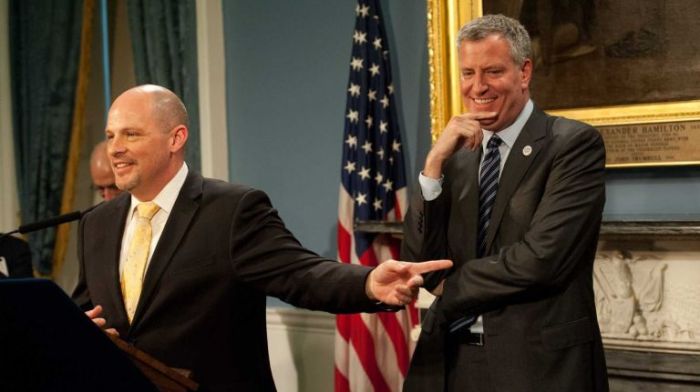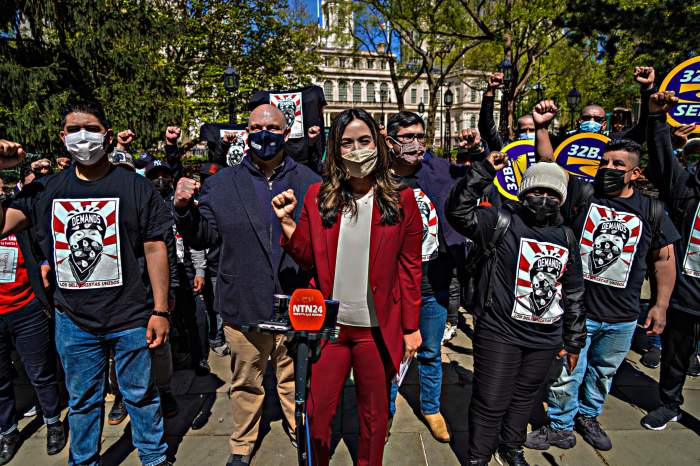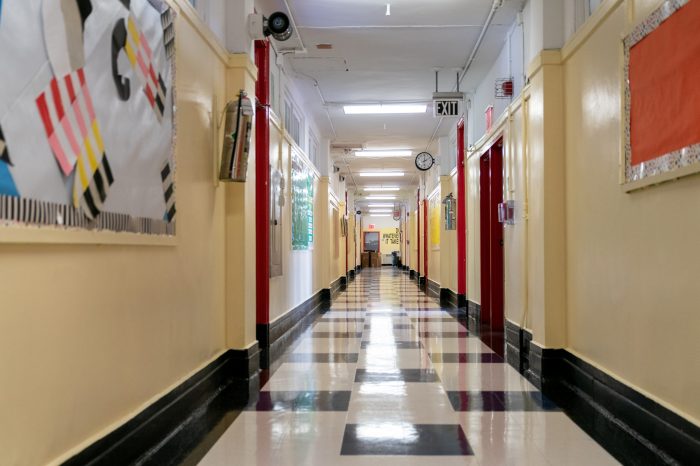NYC Ferry tickets should be half-price for New Yorkers under the age of 18 or enrolled in a Big Apple high school, according to a bill by Bronx Council Member Amanda Farías.
The proposed discount for youngsters comes as Mayor Adams bumped the base fare for the boats on Monday to $4 per ride from $2.75 in an effort to raise more revenue for the cash-swallowing maritime transit service.
The ferry’s first fare hike took effect on Sept. 12, along with a new $1.35 reduced fare for seniors, people with disabilities, and low-income riders who are signed up for the Fair Fares half-price MetroCard program.
Farías’s piece of legislation, Intro 236, is a relaunched bill that didn’t pass under the previous City Council and would require the city contractor running the vessels to shave the cost of a standard fare by 50%.
“I hope to just try to make life a little bit easier for our students and for our parents, that right now have to worry about their kids getting on a train or getting on two or three buses to get to school,” Farías told amNewYork Metro.
She introduced the bill on April 28, but it has not been previously reported on, and the politician plans to hold a hearing on it next week on Sept. 22.
Farías floated the changes before Adams upped the ticket prices, and she said she will work with the city to figure out the final price rate.
New York City kids can already get student MetroCards with three free rides each school day on subways and buses, which are run separately by the state’s Metropolitan Transportation Authority.
The NYC Ferry is overseen by the city’s quasi-public Economic Development Corporation and operated by San Francisco-based company Hornblower.
The city has started looking for bids from companies to run the 38-boat fleet after Hornblower’s contract expires at the end of September 2023, and officials are hoping to find a firm that can bring in more revenues.
The student discount could come into effect during the current contract, if approved by City Hall, according to the councilmember.
Launched by former Mayor Bill de Blasio in 2017, the ferries have remained a costly service, with taxpayers footing the bill for up to nearly $15 for each $2.75 ride and officials underreporting expenses by nearly a quarter billion over six years, according to a city comptroller’s audit from July.
Despite those financial troubles, Farías said it would be worth it for the city to give students a break, arguing that it would free up more space on other modes of public transit.
“If we’re moving students off buses or moving students off trains and putting them on the water, we’re lessening the congestion for everyone in this city,” she said. “The more we can disseminate people being mobile equitably on all of our transit systems, the less congestion, the less delays, the quicker the ride.”
The boat network serves largely wealthy and white New Yorkers who live on the city’s waterfront.
The Soundview ferry stop in Farías’s South Bronx district has more riders with lower incomes than much of the rest of system and are likelier to be people of color.
The route has the largest share of non-white passengers compared to the other six routes — albeit still less than half of its ridership — and the majority have annual incomes below $100,000, compared to a median income of $100,000–$149,999 across all routes, according to EDC stats from 2021.
The Sept. 22 oversight hearing on ferries by the Council’s Committee on Economic Development, which Farías chairs, will look at the bill and the waterborne service more broadly, including possible expansions of the network, the new fares, and finances, the pol said.
An EDC spokesperson said they are taking a look at the legislation.
“We will review this new legislation and look forward to working with Councilmember Farías and our partners in the Council to further advance accessibility and fiscal sustainability,” said Mary Mueller in a statement.
